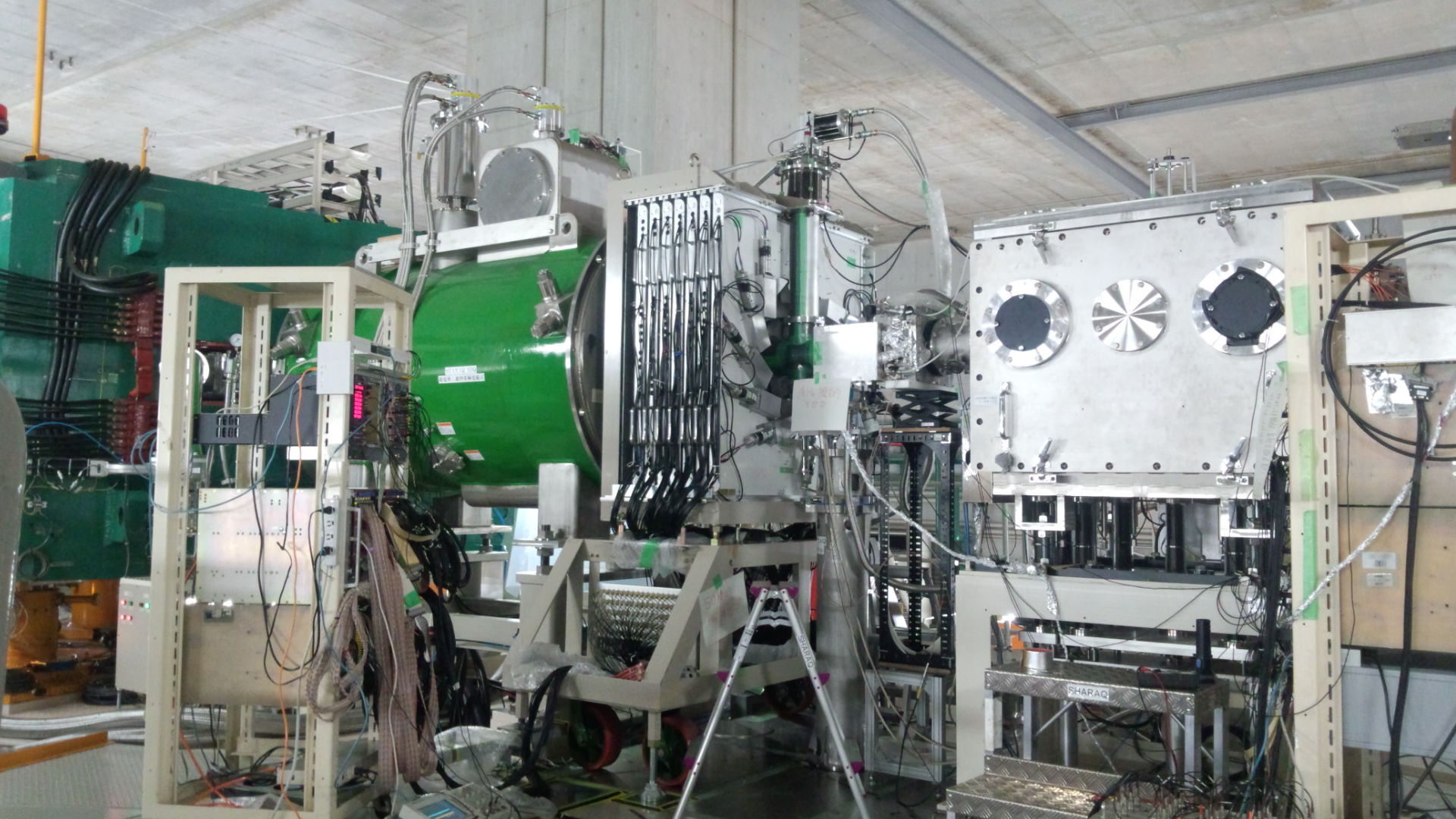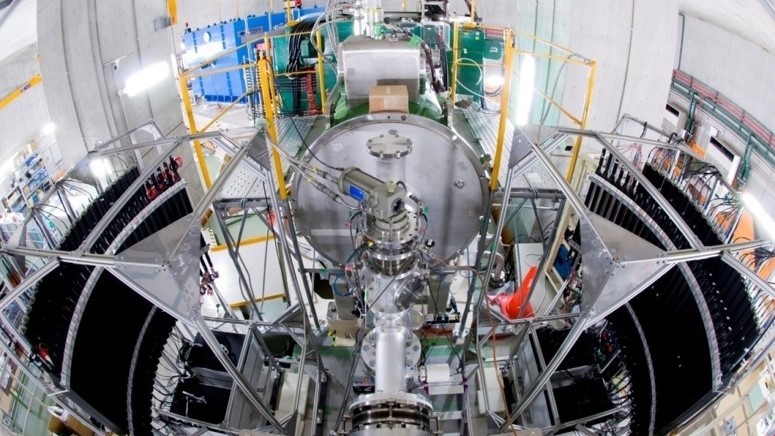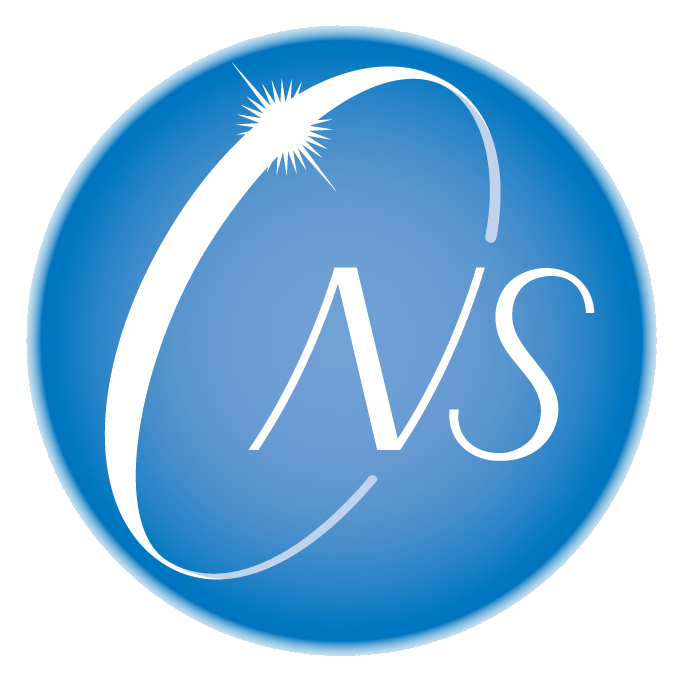Place: Nishina Hall, RIKEN Wako Campus + hybrid
Date: Sep. 15 (Fri) 14:00 - 15:30
Speaker: Dr. Hidetoshi Otono (Kyushu Univ., Research Center for Advanced Particle Physics)
Title: First results from the FASER experiment at the LHC and prospect toward Forward Physics Facility in HL-LHC era Abstract:FASER, the ForwArd Search ExpeRiment, is an LHC experiment located 480 m downstream of the ATLAS interaction point along the beam collision axis. One of the major purposes of FASER is to detect and study TeV-energy neutrinos produced in the proton-proton collision at the LHC.
TeV-energy neutrinos will be sensitive to the very forward production of light hadrons and charmed mesons, providing access to both the very low-x and the very high-x regions of the colliding protons. The former regime is sensitive to novel QCD production mechanisms, such as BFKL effects and non-linear dynamics, as well as the gluon parton distribution function (PDF) down to x ∼ 10−7, well beyond the coverage of other experiments and providing key inputs for astroparticle physics. The latter regime provides information on open questions relating to the high-x PDFs, and in particular intrinsic charm. In addition, the FPF acts as a neutrino-induced deep-inelastic scattering (DIS) experiment with TeV-scale neutrino beams. The resulting measurements of neutrino DIS structure functions represent a valuable handle on the partonic structure of nucleons and nuclei, particularly their quark flavour separation, that is fully complementary to the charged-lepton DIS measurements expected at the upcoming Electron-Ion Collider (EIC).
FASER has been taking collision data since the start of LHC Run3 in July 2022. This talk will focus on giving an overview of the FASER detector and will also present our first physics results using a dataset collected in 2022, where we were the first to directly observe neutrino interactions at a particle collider experiment [1]. Toward the HL-LHC (High-Luminosity LHC) era from 2029, a new dedicated experimental cavern called Forward hysics Facility has been proposed, which is also discussed [2].
[1] https://journals.aps.org/prl/abstract/10.1103/PhysRevLett.131.031801
[2] https://iopscience.iop.org/article/10.1088/1361-6471/ac865e










